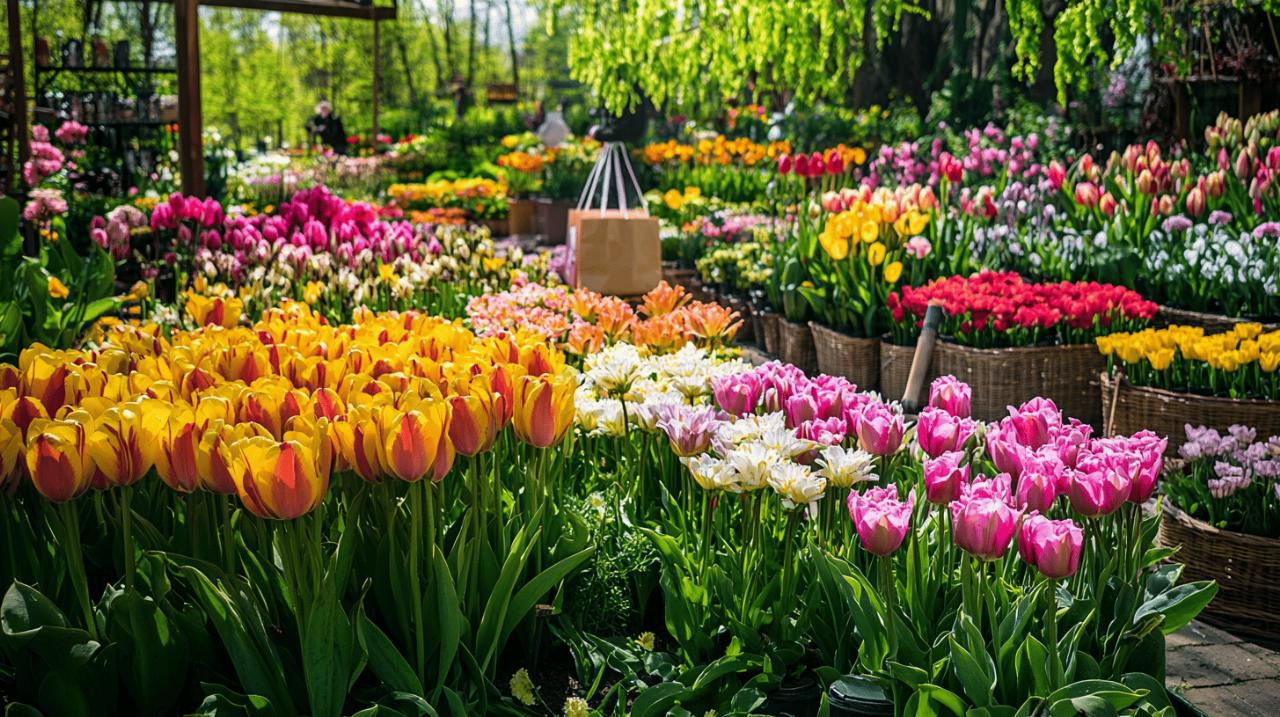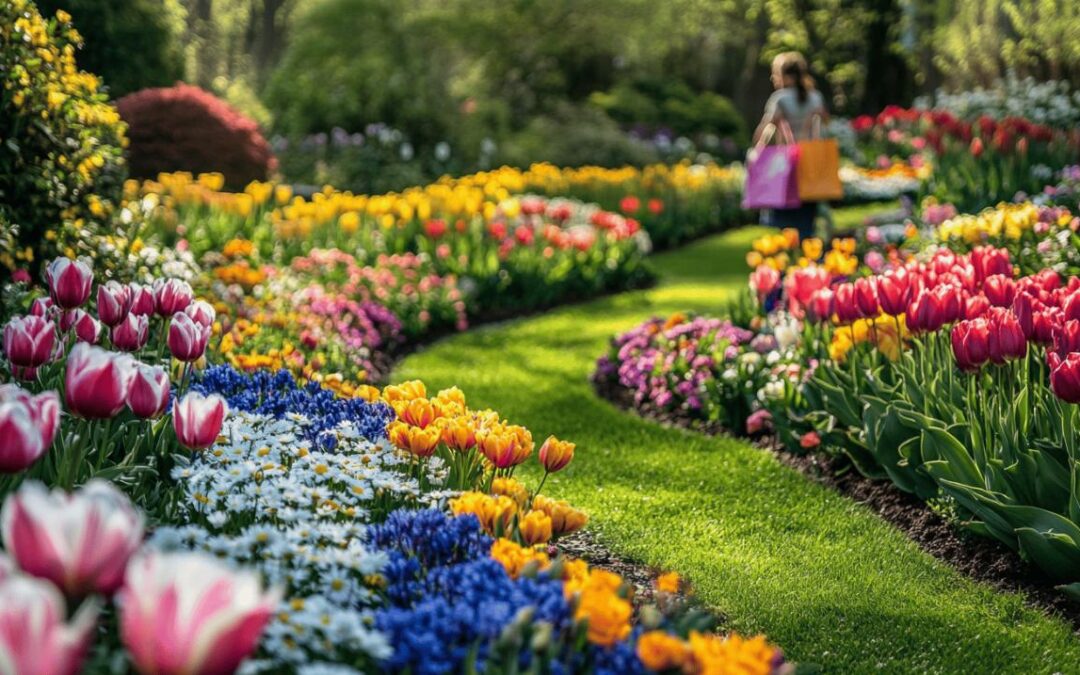Creating a garden that blooms year-round might seem like a daunting task, but with some thoughtful planning and simple maintenance techniques, you can enjoy a colorful outdoor space throughout all seasons. The key lies in strategic plant selection and understanding the natural cycles of different flowering species. Whether you're a novice gardener or have years of experience, these tips will help you maintain a vibrant garden that brings joy and beauty to your home landscape.
Seasonal planning for continuous blooms
Establishing a garden that flowers consistently throughout the year requires intentional planning. The experts at Casa Jedo recommend beginning with a thorough understanding of your specific USDA growing zone, as this determines which plants will thrive in your region's climate conditions. By selecting a diverse mix of plant types with staggered blooming periods, you can ensure your garden remains colorful across all seasons.
A well-designed year-round garden typically incorporates several plant categories working in harmony. Perennials like lavender and echinacea return yearly with minimal maintenance, providing reliable blooms. Annuals such as petunias and marigolds complete their lifecycle in a single season but offer abundant, vibrant colors during their blooming period. Incorporating bulbs like tulips and daffodils brings early-season color, while flowering shrubs such as hydrangeas and elderberries add both height and structural interest to your garden design.
Selecting plants with staggered blooming periods
The secret to continuous color lies in choosing plants with overlapping bloom times. For instance, in Zone 7b, you might plant violas and pansies for December color, followed by hellebores in January, daffodils and snowdrops in February, and tulips and hyacinths in March. As spring progresses into summer, introduce anemones and ranunculus for April, then roses, poppies, and honeysuckle for May. The summer months can showcase zinnias, elderberry blooms, and gardenias, while late summer brings limelight hydrangeas and echinacea. For autumn color, plant dahlias, marigolds, and cosmos, with goldenrod and late roses extending the display into November.
Beyond traditional flowering plants, consider incorporating ornamental grasses and berry-producing bushes to extend visual interest well into the winter months. These plants offer textural contrast and often provide stunning autumn colors that persist through the colder seasons. Evergreen varieties ensure your garden maintains structure and color even during dormant periods.
Creating a calendar for timely plantings and care
Developing a garden calendar helps track when to plant, prune, fertilize, and harvest throughout the year. This organizational tool becomes particularly valuable for succession planting, where you continuously replace fading plants with new ones to maintain consistent color. For instance, as spring bulbs finish blooming, summer annuals can take their place in the same garden space.
Your calendar should account for the specific needs of different plant types. Bulbs typically require fall planting for spring blooms, while many perennials benefit from division every few years to maintain vigor. Annuals generally need replacement each season but can often be successfully self-seeded if allowed to complete their natural cycle. By planning these activities in advance, you can ensure timely interventions that keep your garden looking its best year-round.
Essential year-round garden maintenance
 Maintaining a flourishing garden throughout all seasons requires consistent but manageable care routines. The good news is that with smart planning, you can create a low-maintenance garden that still delivers impressive results. Start by selecting the right plants for your specific conditions, placing them where they will naturally thrive based on soil type and sunlight exposure. This fundamental principle reduces the need for intervention and creates a more sustainable garden ecosystem.
Maintaining a flourishing garden throughout all seasons requires consistent but manageable care routines. The good news is that with smart planning, you can create a low-maintenance garden that still delivers impressive results. Start by selecting the right plants for your specific conditions, placing them where they will naturally thrive based on soil type and sunlight exposure. This fundamental principle reduces the need for intervention and creates a more sustainable garden ecosystem.
Consider expanding planting areas and reducing lawn space, as beds of hardy shrubs and evergreens generally require less maintenance than grass. When designing these spaces, group plants with similar water and care requirements together to streamline maintenance tasks. For smaller gardens or challenging soil conditions, container gardening offers excellent flexibility, though larger pots are preferable as they require less frequent watering.
Basic watering and fertilizing schedules
Establishing efficient watering practices is essential for garden sustainability. Deep, infrequent watering encourages plants to develop strong root systems that can better withstand drought conditions. Consider installing a simple drip irrigation system with a timer to deliver water directly to plant roots, minimizing waste and reducing disease risk from wet foliage. For container gardens, self-watering pots can significantly reduce maintenance needs during hot weather.
Fertilizing should follow a seasonal schedule tailored to your specific plant types. Most flowering plants benefit from a balanced, slow-release fertilizer applied in early spring as growth begins, with a lighter application in midsummer for extended blooming periods. Avoid late-season fertilizing of perennials and shrubs as this can stimulate tender new growth vulnerable to frost damage. Applying organic mulch serves the dual purpose of slowly releasing nutrients while suppressing weeds and conserving soil moisture, further reducing maintenance requirements.
Simple pruning techniques to encourage blooming
Regular deadheading, the removal of spent flowers, is perhaps the single most effective technique for extending the blooming period of many garden plants. This simple practice prevents energy from being diverted to seed production, redirecting it instead to developing new flowers. For plants like roses, zinnias, and cosmos, regular deadheading can significantly extend their flowering season and increase overall bloom quantity.
Beyond deadheading, strategic pruning helps maintain plant health and shape while encouraging abundant flowering. Each plant type has optimal pruning times, so consult your garden calendar for guidance. Generally, spring-flowering shrubs should be pruned immediately after blooming, while summer and fall bloomers typically benefit from early spring pruning. For perennials, cutting back dead foliage in late winter or early spring makes way for new growth and helps prevent disease issues. Embrace a slightly relaxed approach to garden maintenance, allowing some wildness to create a more natural aesthetic that supports pollinators and requires less intensive management.

